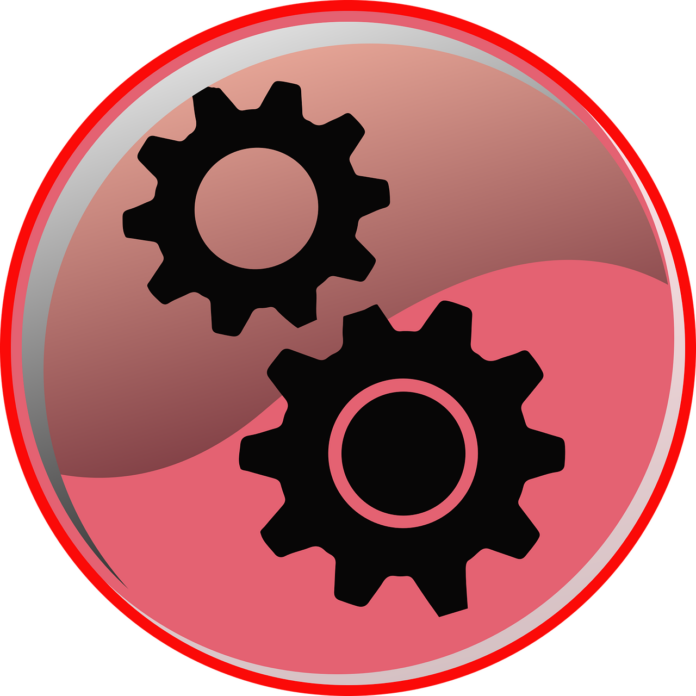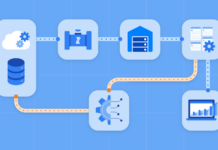Graphical content is becoming increasingly demanded nowadays. That’s especially true for images. Analysts from William College say that human brains process pictures about 60,000 times quicker than text content. So, you can make it easier for people to deal with the information you offer by proposing graphics to them. This feature is widely employed by marketers, business holders, and even ordinary e-blog owners to enhance their own or their clients’ website promotion. One can amplify the positive effect if they search for pics using web scraping software.
You, however, should follow certain recommendations when collecting graphic content online. Otherwise, one may be penalized. For example, it’s essential to choose a reliable IT company (such as Nannostomus) that’ll help scrape images from website storage properly. That’s because only reputable agencies meet all the current laws as well as carefully learn about the targeted online platforms’ terms and conditions. There are many more tips on the right picture collection, though. So, let’s dig into those pieces of advice.
Customize Data Extraction Bots Properly When Scraping Images From Websites
Initially, it’s noteworthy that online info mining is sometimes considered hacking. Such things happen when one collects pictures from websites too intensively. That’s particularly fair if you scrape images from low-capacity websites (like local e-shops or domestic internet portals).
The point is that data collection bots send queries to sites from which they mine pics. And if there are excessively many requests, website operations can get slower. Moreover, online platforms may even be down. All of that is typically considered a DDoS attack. So, customize your web scraping apps in view of the power of the targeted online platforms.
What Kinds of Pictures Are Legal to Scrape?
The least amount of trouble appears when you collect copyright-free graphic content. You’re allowed to use such images in any way without the risk of being fined. Sometimes, it’s necessary to note the original authors of the copyright-free pictures, though. You should read the terms and conditions of the websites from which you mine such graphic content.
At the core, copyright-free images provide a cushion of safety against legal repercussions. The term “copyright-free” indicates that these images are devoid of usual copyright restrictions, allowing users a broader spectrum of usage rights. By choosing such content, one significantly reduces the risk of facing financial penalties or legal actions resulting from copyright infringements. In a world where copyright laws are stringently enforced, this peace of mind is invaluable.
However, it’s important to note that “copyright-free” doesn’t always mean “free from all obligations”. While these images are available for use without the looming threat of financial compensation to the original creator, there can still be certain stipulations attached. Some copyright-free images may still require acknowledgment of the original author or artist. This could be in the form of an attribution, where the user must credit the creator in a specific manner when using the image. Such conditions reinforce the idea that while financial barriers are removed, respect for the original creator’s work remains integral.
Thus, it’s of paramount importance to be diligent when sourcing copyright-free graphics. Just because an image is available on a platform that advertises copyright-free content doesn’t guarantee absolute freedom in its usage. Users must ensure they are well-acquainted with the terms and conditions of these platforms. This includes reading the fine print, understanding the nuances of licenses such as Creative Commons, and being aware of the differentiations between terms like “royalty-free”, “public domain”, and “copyright-free”.
Many websites offer vast repositories of copyright-free images, but they each come with their own set of guidelines. For instance, some platforms might allow unrestricted use of their content, while others might necessitate certain attributions, especially if the content is to be used for commercial purposes. A careful review of these guidelines ensures that you respect the work of creators while enjoying the freedom these images offer.
In conclusion, while copyright-free graphic content offers a safer and more flexible alternative to copyrighted images, it’s crucial to approach their usage with an informed mindset. By respecting the stipulated terms, users can harness the power of these visuals without fear of repercussions, all the while upholding the integrity and respect for the original creators. The digital landscape is vast and filled with visual treasures; treading it with caution and knowledge ensures a trouble-free experience.
Features of Scraping Copyrighted Images
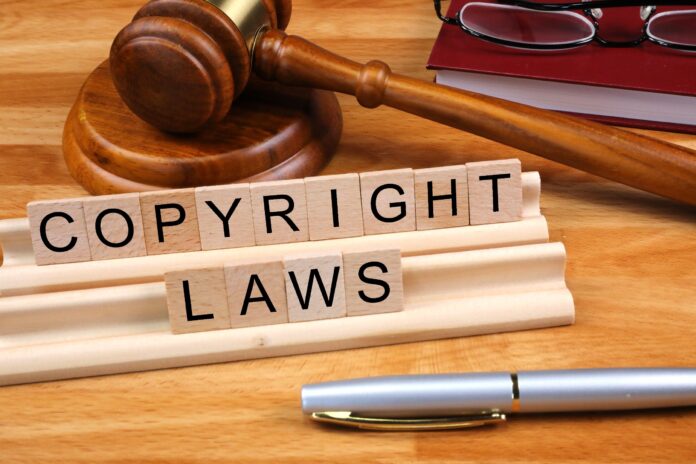
Such pics are prohibited from being published. However, you can still collect copyrighted content for the following goals:
- non-public research conduct (if pictures contain stats, analytical info, etc.);
- your own image creation (using certain fragments of copyrighted pics);
- getting ideas for making unique graphical content.
Copyrighted picture mining and usage have plenty of specific peculiarities. So, it’s better to consult with skilled specialists before collecting as well as employing such content.
Personal Graphic Data Scraping
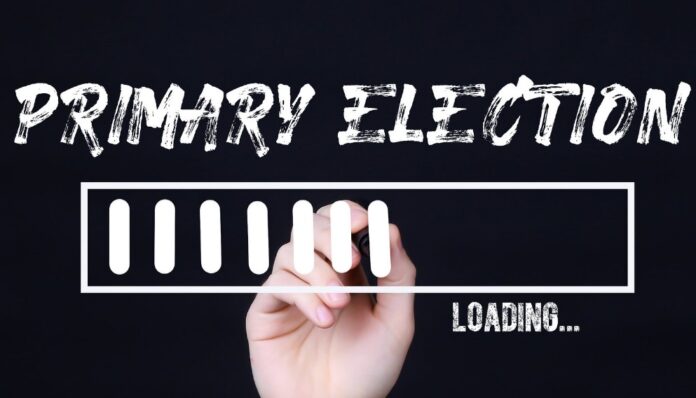
Private images are totally forbidden to collect. So, you shouldn’t mine the subsequent content:
- family photographs and photos for documents;
- digital replicas of passports, driver’s licenses, etc.;
- scans of filled-out questionnaires with private details (names, surnames, contacts, addresses, and so on).
In some areas, like California, you may scrape personal photos or images with private details published on social media by the owners of such content, though. However, you should carefully learn local legislation before mining the mentioned graphic data.
Wrapping Up
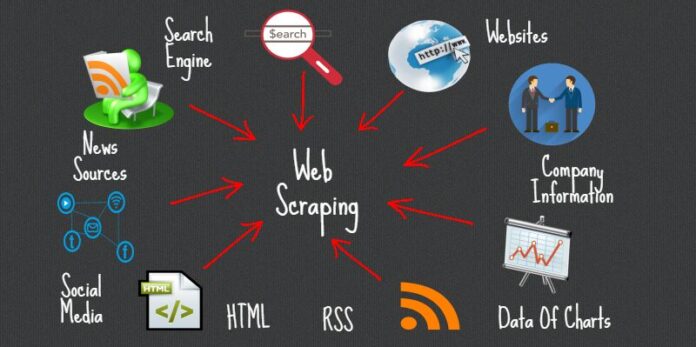
Online business owners or bloggers can essentially benefit from scraping images from websites. Graphical data collection apps allow for gaining unique content for publishing, inspiration, discovering hidden online info, and many more. However, it’s necessary to follow international privacy acts (e.g., GDPR, CCPA, or CPRA) and local legislation when mining images. Otherwise, you can get in trouble with the law.

